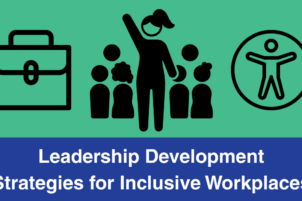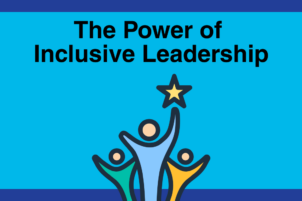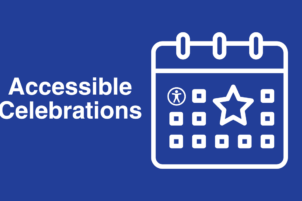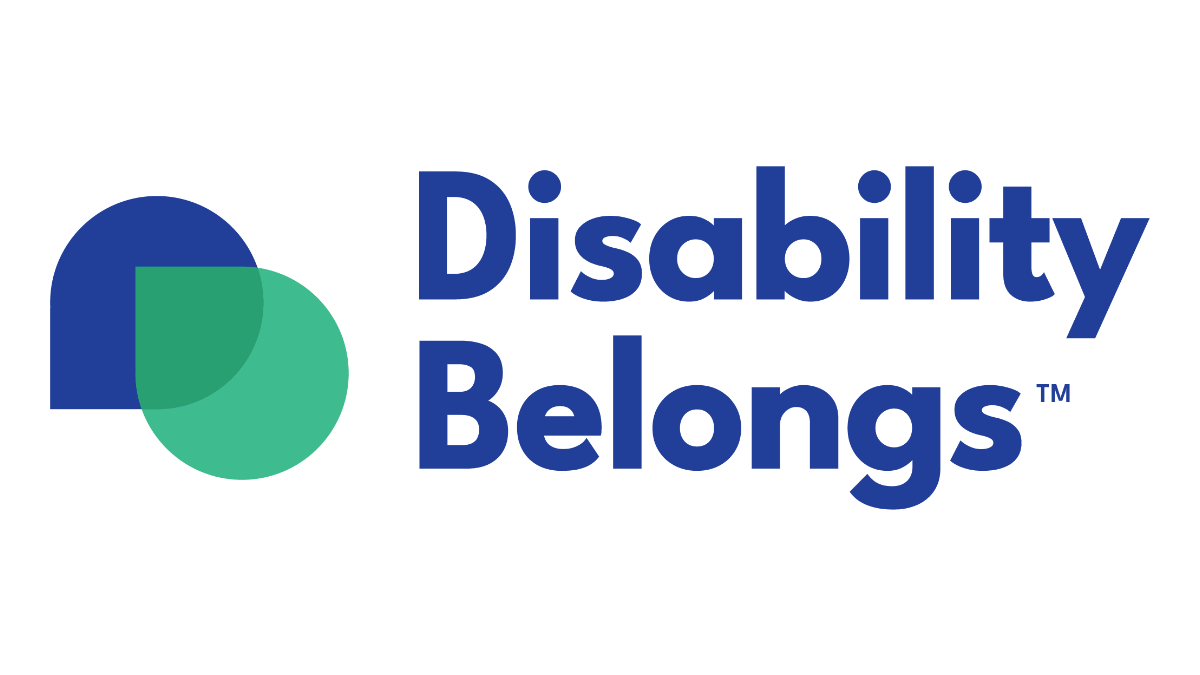 Accessibility is not just a checklist to tick off; it is an ongoing commitment to ensuring that all members, from every background and belief, feel truly valued and embraced. Every individual, regardless of ability, should have the opportunity to fully engage in worship, rituals, traditions, and community life. Creating and nurturing an accessible faith community is a profound testament to the power of inclusion, the depth of belonging, and the strength of our shared humanity.
Accessibility is not just a checklist to tick off; it is an ongoing commitment to ensuring that all members, from every background and belief, feel truly valued and embraced. Every individual, regardless of ability, should have the opportunity to fully engage in worship, rituals, traditions, and community life. Creating and nurturing an accessible faith community is a profound testament to the power of inclusion, the depth of belonging, and the strength of our shared humanity.
While some may assume accessibility improvements are costly or complex, many meaningful steps can be taken with little to no financial investment. A mindset of inclusion, intentional planning, and proactive communication can transform any faith community into a place where everyone is welcome and supported.
Why Accessibility Matters in Faith Communities
Ensuring full participation in religious and spiritual life requires accessibility at every level. Yet, research on the accessibility of religious institutions in the U.S. is limited. Studies suggest that less than half of U.S. religious congregations have basic accessibility features such as ramps, elevators, or sign language interpretation. Without comprehensive data on attendance by people with disabilities, it is difficult to fully assess the barriers that may prevent full inclusion.
Accessibility goes beyond physical spaces. As more faith institutions offer virtual services, prayer groups, and online resources, digital accessibility becomes crucial. Ensuring that websites are screen reader-compatible, videos include captions, and materials are available in multiple formats allows more people to engage in faith communities without barriers. By prioritizing both physical and digital access, religious institutions can create spaces where everyone feels welcome and included.
A Universal Design Approach Benefits Everyone
When accessibility is prioritized from the start, it benefits everyone. Features such as clear signage, flexible seating, and sensory-friendly services create environments where all can participate fully. These adaptations support a wide range of needs, from aging congregants to young families and individuals experiencing temporary impairments.
By adopting a universal design approach—one that prioritizes accessibility from the beginning—faith institutions ensure that no one is singled out. This approach fosters a culture of dignity, respect, and inclusion, rather than one of exception or inconvenience.
Practical Steps Toward Inclusion
Creating an accessible community begins with awareness and intentional action. Start by assessing your faith community’s current accessibility and identifying opportunities for improvement. This includes evaluating physical spaces, communication methods, and the broader community practices that may impact individuals with disabilities.
Proactive communication is key. Clearly sharing information about the accessibility features available in your place of worship through your website, bulletins, and announcements helps individuals know what to expect. Offering a dedicated contact for accommodation requests shows that your faith community genuinely values the participation of all members.
Inclusion involves integrating people with disabilities into every facet of community life—not only as attendees but as leaders, volunteers, and decision-makers. Disability inclusion training for staff and volunteers can help dismantle biases and create a more welcoming environment for everyone.
Commitment Beyond Compliance
True accessibility goes beyond fulfilling a basic obligation; it is about building a community where everyone belongs. Faith communities have a unique opportunity to lead by example. By committing to accessibility, they can ensure that no one is excluded from the spiritual journey, regardless of ability.
For more resources on fostering disability inclusion within your faith community, explore our free guide: 5 Ways to Show Your Commitment to Disability Inclusion in Your Faith Institution (PDF) (Word)







